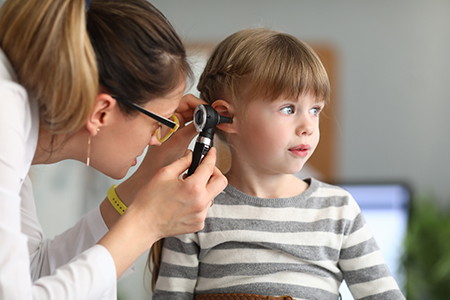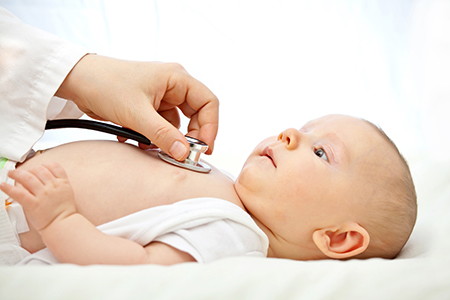Treatment of fever
Other specialties
Approximately 10 – 20% of pediatric office visits are due to acute febrile episodes. Only in very rare pathological conditions can fever be life-threatening. High fever in children may be accompanied by headache, trembling, sweating, general malaise, sleepiness or irritability. In very young children it may be associated with decay, lack of mobility, and the possibility of developing febrile seizures. In addition, heat loss associated with fever is accompanied by fluid loss, both from increased sweating and fluid loss from breathing, and can lead to dehydration if fluids are not replenished.
The causes of fever in children are multiple. The most frequent are:
Infections (otitis, pharyngitis, bronchitis, sinusitis, pneumonia, gastroenteritis or urinary tractinfections).
Some vaccinations. They can produce fever, generally of low intensity, hours or days after being administered.
More rarely some inflammatory diseases, the taking of some medicines or the presence of tumors. The appearance of teeth. May raise the temperature slightly, usually never above 37.7 ° C. Some children may have elevated temperature as a result of an excess of coat, a very hot environment, a low intake of fluids, by excessive loss of fluids, etc. In these situations it is not considered that there is really a fever.





